Types and characteristics of coffee beans what is the difference in flavor and taste between iron pickup and bourbon coffee beans
Some people think that black coffee is bitter coffee, coffee bitter, has been controversial. Some people say: how to call coffee without bitterness? Some people say that good coffee has a pleasant bitterness.
Tasting entry, drinking fine wine to distinguish varieties, in fact, drinking wine is the same!

Black coffee refers to coffee without modification, without added sugar creamer and other additives, including American, Italian espresso and single coffee.
Today we learn about single-source coffee. As the name suggests, single-source coffee comes from a specific place, usually as specific as a farm, cooperative or estate. The terroir of coffee is associated with the geographical location, climate, soil conditions, etc. of a particular location-giving each coffee a unique taste of single-source coffee.
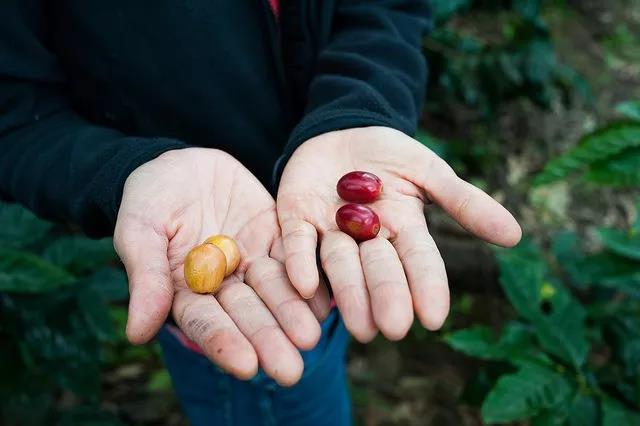
Iron pickup and bourbon
Like drinking red wine, coffee is divided into many varieties, only two of which are truly commercially valuable and cultivated in large quantities, and the quality of coffee beans produced is also the highest among coffee beans produced by other coffee trees.
Coffee varieties can be divided biologically into Arabica, Robusta and Liberica. Arabica and Robusta are the main drinking varieties in the world. Generally speaking, Arabica is mainly used in single or fine coffee. From the perspective of coffee culture or genetics, bourbon and iron pica are the two most important branches of Arabica coffee.

The route of transmission of Bourbon species

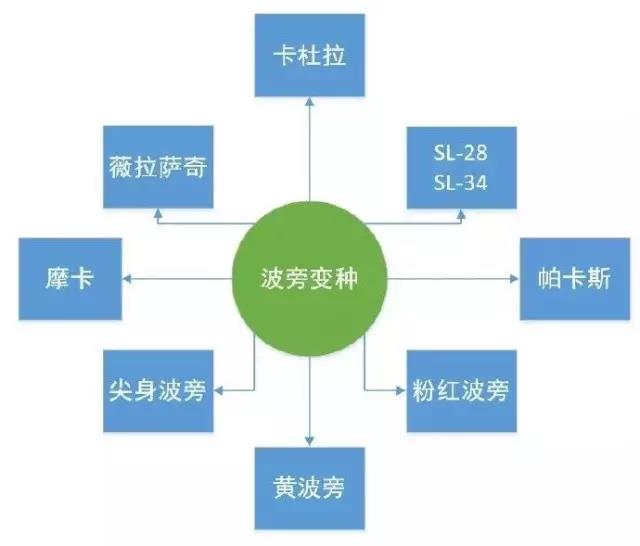
Red Bourbon Coffee Brazilian Wash Red Bourbon Coffee
Due to the low yield and susceptibility to disease of the tipica species introduced to Brazil in 1727, the bourbon species was introduced to Brazil around 1860 via Campinas in the south and rapidly spread north to other parts of South and Central America. In Latin America today, Bourbon is still cultivated in El Salvador, Guatemala, Costa Rica, Peru, etc., although most of the Bourbon species have been largely replaced by varieties (especially Caturra, Catuai, and Mundo Novo).
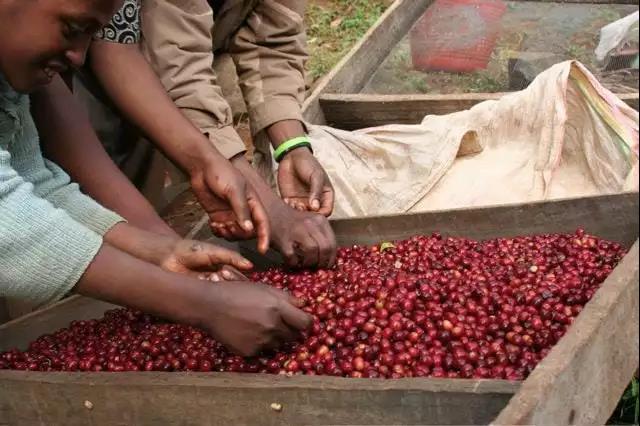
Red Bourbon After the general coffee tree blossoms, the color change of the coffee fruit is from: green> turn slightly yellow> turn slightly orange> turn mature red> turn ripe dark red, so some people call it "red bourbon species", in fact, red bourbon, that is, we generally call Bourbon species. Bourbon grown at high altitudes usually has a better aroma, a brighter acidity, and even a taste similar to red wine.
Bourbon is a coffee tree species belonging to a branch of Arabica species, generally bearing red fruit, called red bourbon, in addition to yellow bourbon, orange bourbon, yellow bourbon relatively low yield, but better quality.
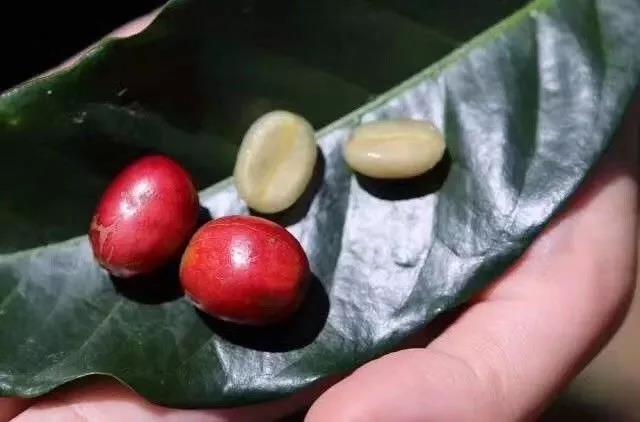
Bourbon variety Costa Rican cadura
Caturra: Bourbon's single-gene variant, yield and disease resistance are better than Bourbon, the tree is shorter, easy to harvest, more adaptable, can be planted in high density, does not need shade trees, direct exposure to the sun can also be vibrant, so he also has a name-"Sun Coffee"(Sun Coffee).
Kadura is suitable for low altitudes of 700 meters to high altitudes of 1700 meters, but the higher the altitude, the better the flavor.
Costa Rica is the first country to introduce coffee into Central America. It has a long history and a complete coffee organization system from production to sales. Because it is located in the Central American Isthmus, there are volcanoes in the territory, and it has the natural advantages of sunshine and land. The coffee produced has the characteristics of local micro-climate and terroir conditions. In terms of quality and quantity, Costa Rica's coffee has always been affirmed by the world, and it has been rated as one of the world-class high-quality coffees, breeding coffee beans with complete and rich flavor.
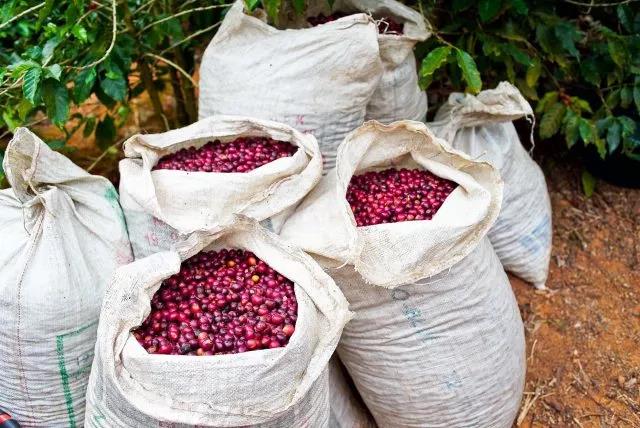
Transmission route of iron-pickup species
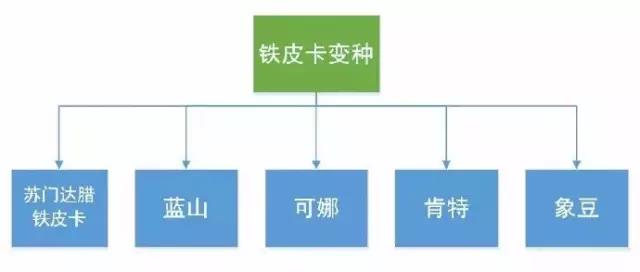
Tiepi Coffee Yunnan Baoshan Tiepi Coffee
Iron pickup (typica): The most classic high-quality Arabica species, many commercial improved species are now derived from this. Excellent taste performance, is recognized as a fine coffee variety, but the yield is extremely low and susceptible to rust disease, requiring more manual management. Tiekka coffee is native to Ethiopia and southeastern Sudan and is the most widely cultivated coffee variety in the Western Hemisphere. The plants are more robust, but less tolerant to light, and yield more in Hawaii. The top leaves of iron pickup are red copper, called red top coffee.
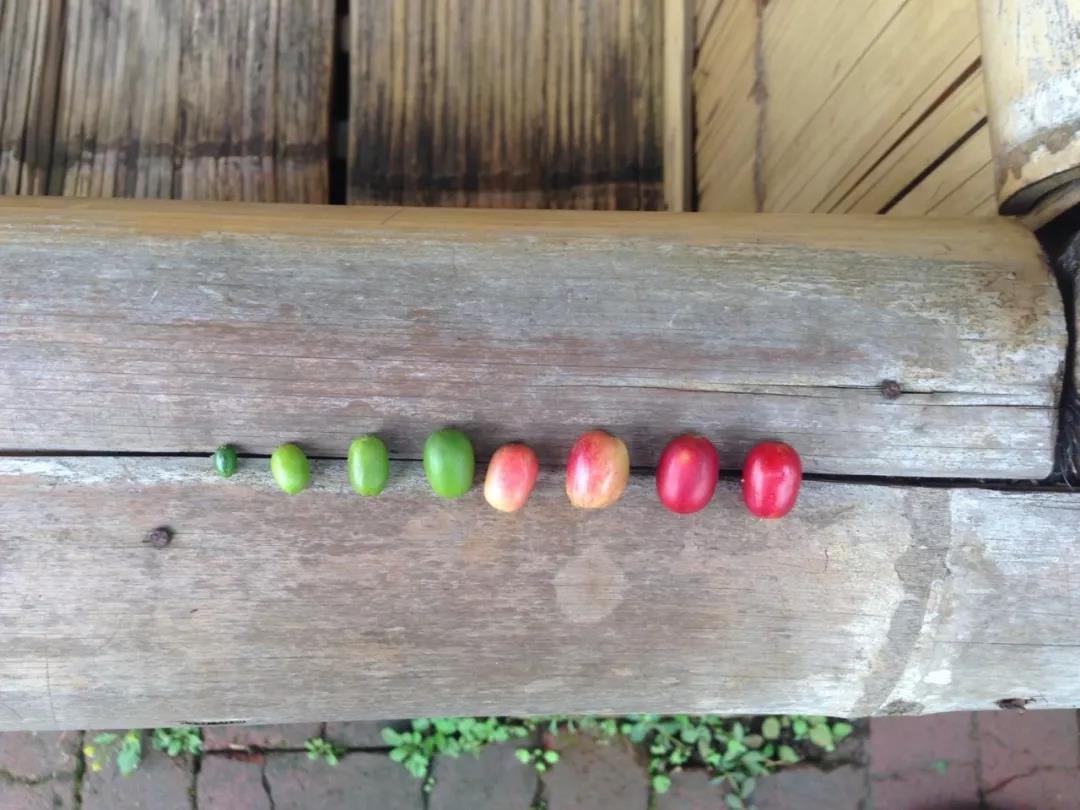
Baoshan City introduced typica and bourbon as early as 1950s, which are called "old varieties" locally because of their low disease and pest resistance and yield, and their management is relatively labor-intensive. From the botanical point of view of coffee, Yunnan Arabica coffee has genetic similarity with Jamaica Blue Mountain and Hawaii Kona, which are recognized as the best.
Unlike other bean varieties, the fruit of Tiekka coffee is conical. The high quality of Tiekka coffee makes it very popular with plantations around the world. When grown properly, Tiekka coffee is sweet, pure in taste and pleasant in acidity. Yunnan iron card, Asian herbal aroma, sour lively bright, cheeks salivation, sour soft, mellow balanced feeling good, rich layers, aftertaste dark chocolate, honey, sucrose taste obvious, completely cooled, brown sugar flavor.
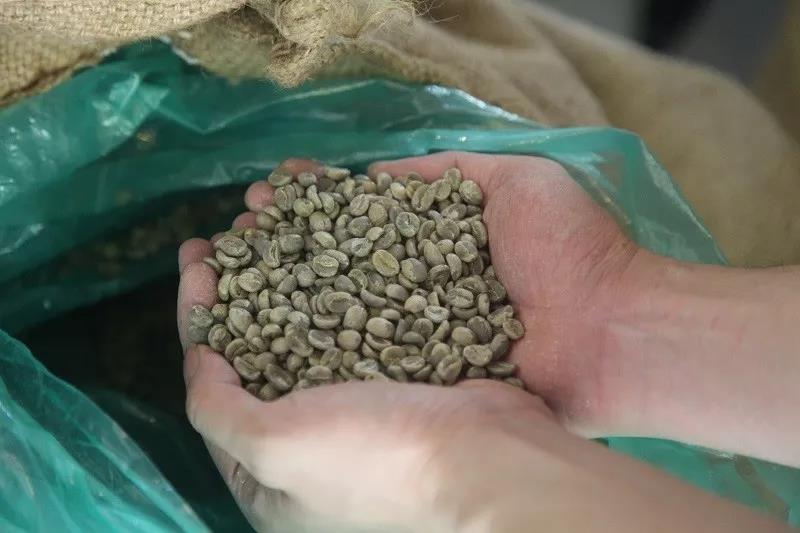
Ferripica History of Java Coffee
Java produces fine aromatic coffee with relatively low acidity, fine taste and good balance. Java coffee has a superior aroma and acidity to Sumatra and Sulawesi coffees. The best plantations in Java are Blawan, Jambit, Kayumas and Pankur. Java mocha coffee is a blend of Java coffee and Yemeni mocha coffee.
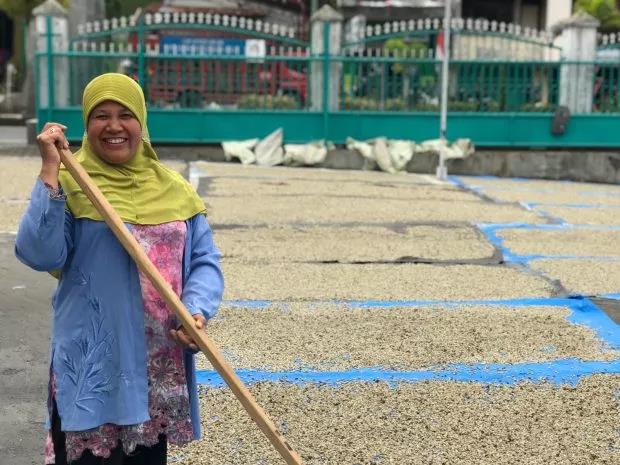
Coffee produced in Indonesia is generally not crowned with the name "Indonesia", but directly crowned with island names, such as Java, Sumatra, etc. Indonesian coffee is best known for Mandheling, Sumatra and Java beans, as well as Kopi Luwak.
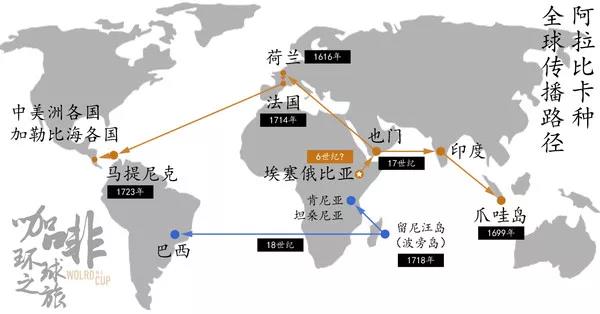
History of Java Coffee
The Dutch first introduced coffee to Central and South America in the 1820s. Coffee spread from Dutch colonies to Guyane française and Brazil, and the Dutch, in the course of their colonization, planted coffee in Malabar, India, and brought it to Batavia, now Java, in 1699. The Dutch colonies were once the main suppliers of coffee to Europe. Indonesia is currently the fourth largest coffee exporter in the world.
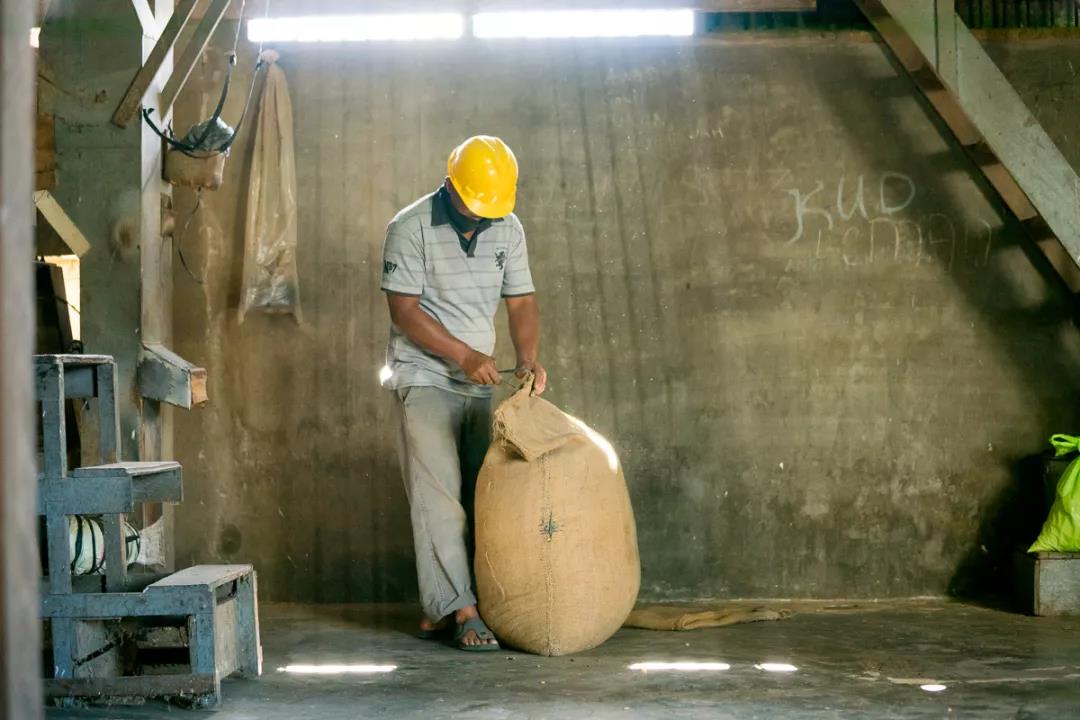
The traditional Javanese bean type is similar to Typica, and there are more than 20 varieties of Arabica coffee circulating in the Indonesian commercial market. The most common varieties are kadura, katim, East Timor, tiepica, robusta, libilica and ekselsa, and Sidikalong. Java produces fine aromatic coffee with relatively low acidity, fine taste and good balance. Refined Java coffee has a more distinctive aroma and acidity than Sumatra and Sulawesi coffees.
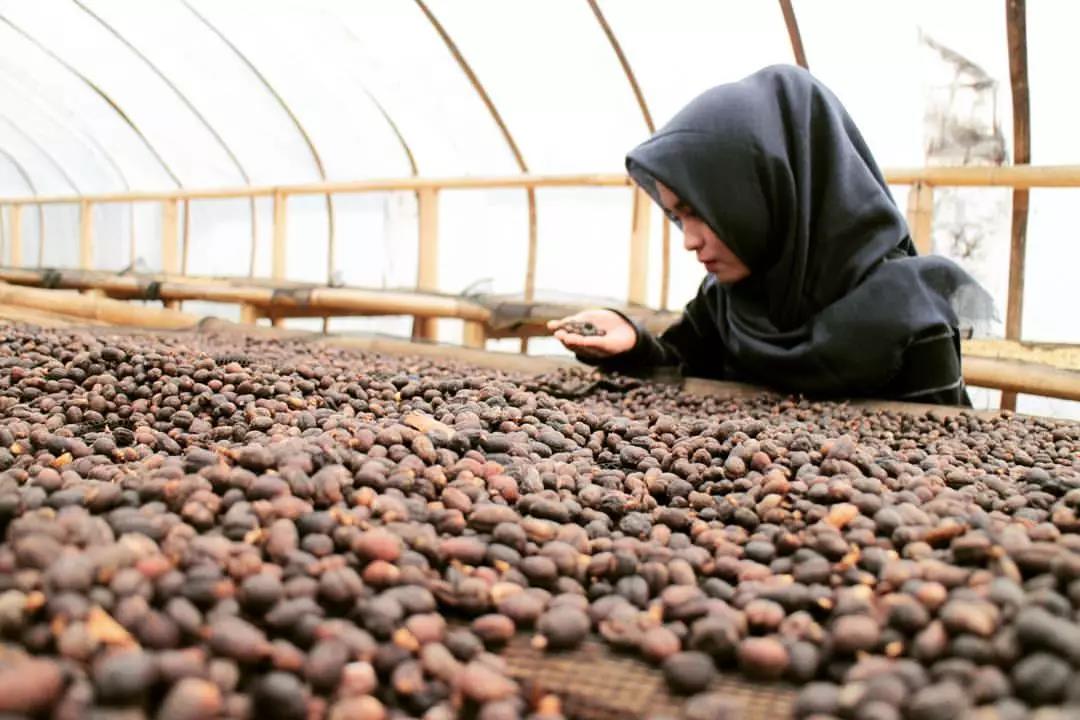
[Yejia Shefei] and [Sidama] two production areas
There are eight major coffee producing areas in Ethiopia: Lekempti, Limu, Illubabor, Djimmah, Harar, Teppi/Bebeka, Sidamo and Yirgacheffe.
Ethiopian coffee is highly valued in the country, especially in Ethiopia's Sidamo and Yirgacheffe regions. Sidama Province is located in the south of Ethiopia, Arsi Province in the north, Bale Province in the east and Gamu Gofa Province in the west.
There are large and small villages, micro-production areas, cooperatives and processing stations under Yejia Shefei. In most areas of Ethiopia, coffee farmers still live very hard. They do not have enough ability to build family-style processing workshops. Therefore, many processing stations will appear to collect coffee fruits from surrounding small farmers, process them and sell them to green bean merchants.
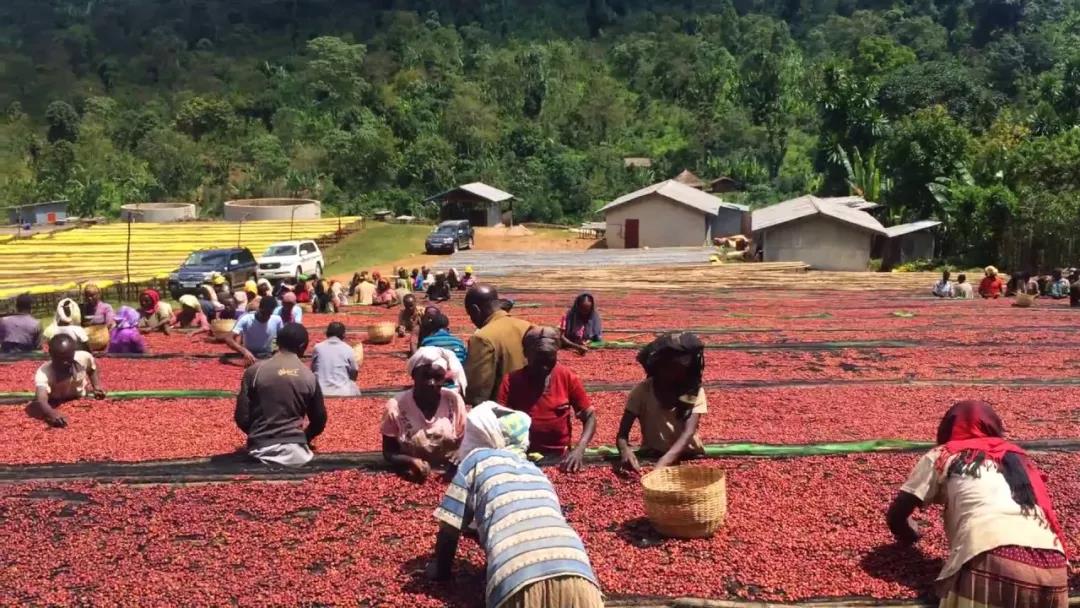
Yegashefei is a native species, small particle species, round shape, small bean body, mostly between 14-15 orders.
Sitama species are also native to the local species, small particle species, the shape of the bean body is smaller than Longberry, the bean body is smaller, the overall will be larger than Jiasifei, mostly 15 mesh.
The overall sweetness of Sidamo was good. It was comfortable in the mouth and full in taste. The acidity was a little softer. It tasted fruity and had a sweet aftertaste. For example, Ethiopia's Sidama [candle light], slightly oak aroma ~
The washed yega has a more pronounced personality, and citrus and lemon sourness will be brighter. For example, washed Woka G1 from Ethiopia, a single farm, processed by Woka Cooperative. The more you drink it, the more you like to wash it. The distinct floral, dry and wet fragrance has a strong citrus flavor, and the rich sweet feeling like soda has a distinct personality.
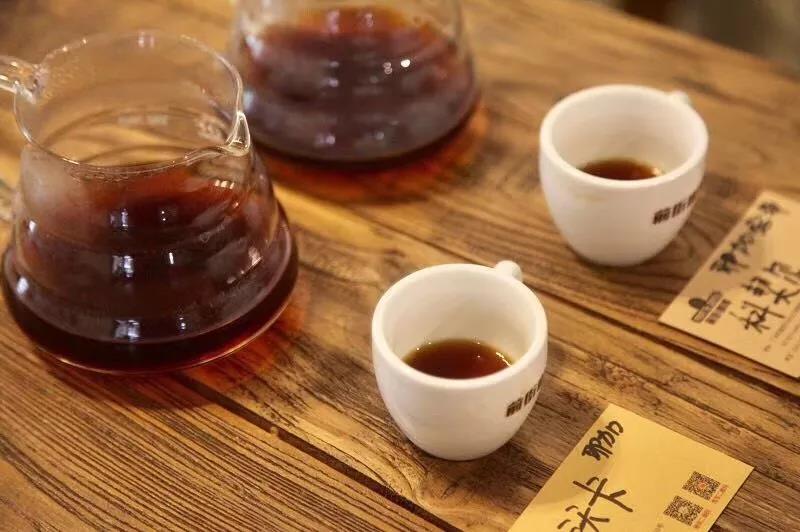
Important Notice :
前街咖啡 FrontStreet Coffee has moved to new addredd:
FrontStreet Coffee Address: 315,Donghua East Road,GuangZhou
Tel:020 38364473
- Prev

Ocotepec production area in Honduras | Finca Santa organic washing Kaduai at Santa Mata Manor
Professional coffee knowledge exchange more coffee bean information please follow the coffee workshop (Wechat official account cafe_style) the production area of Oktopec, Honduras | Santa Mata Manor Finca Santa organic washing Kaduai flavor? Honduras has not been ranked top in the boutique coffee market all the time, but Honduras has the advantages of natural environment, such as soil quality, altitude, climatic conditions and so on.
- Next
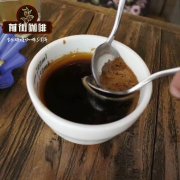
What is the PEARL plan? Buf Cafe Coffee Farm introduces the characteristics of Luanda coffee
Professional coffee knowledge exchange more coffee bean information please follow the coffee workshop (Wechat official account cafe_style) Luanda is located in the heart of the interior of Africa, its mountain terrain is fertile land, as well as ancient traditional bourbon species, indicating that the natural environment needed to grow high-quality coffee beans can be found everywhere in Rwanda. Coffee was introduced by German missionaries in 1904.
Related
- Detailed explanation of Jadeite planting Land in Panamanian Jadeite Manor introduction to the grading system of Jadeite competitive bidding, Red bid, Green bid and Rose Summer
- Story of Coffee planting in Brenka region of Costa Rica Stonehenge Manor anaerobic heavy honey treatment of flavor mouth
- What's on the barrel of Blue Mountain Coffee beans?
- Can American coffee also pull flowers? How to use hot American style to pull out a good-looking pattern?
- Can you make a cold extract with coffee beans? What is the right proportion for cold-extracted coffee formula?
- Indonesian PWN Gold Mandrine Coffee Origin Features Flavor How to Chong? Mandolin coffee is American.
- A brief introduction to the flavor characteristics of Brazilian yellow bourbon coffee beans
- What is the effect of different water quality on the flavor of cold-extracted coffee? What kind of water is best for brewing coffee?
- Why do you think of Rose Summer whenever you mention Panamanian coffee?
- Introduction to the characteristics of authentic blue mountain coffee bean producing areas? What is the CIB Coffee Authority in Jamaica?

